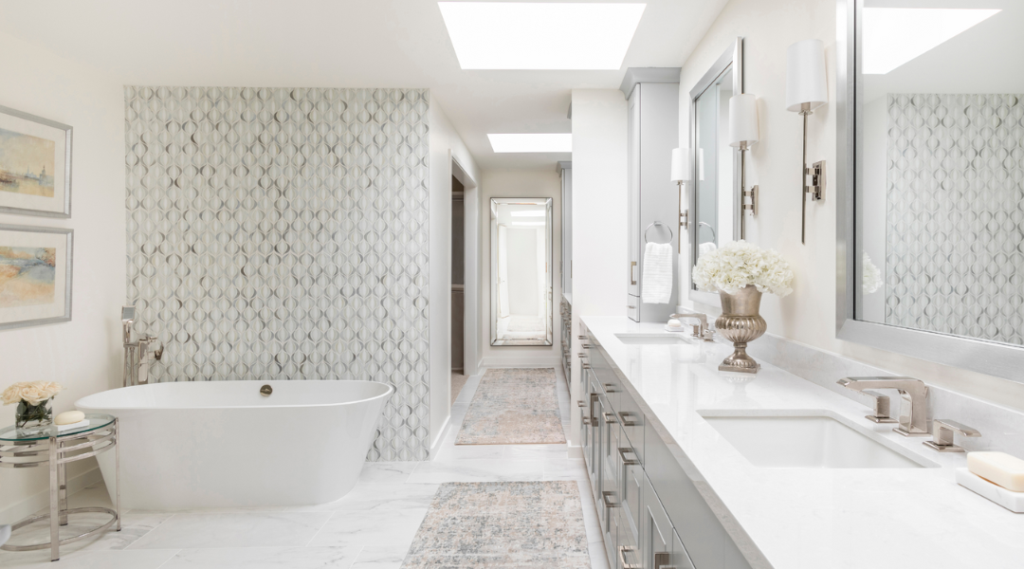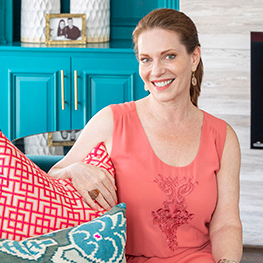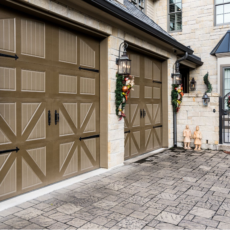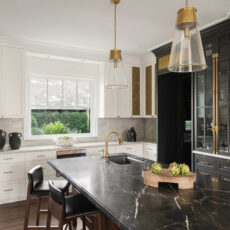When it comes to designing an inviting and stylish space, rugs often play a more significant role than people realize. More than just decorative pieces, rugs have the power to define spaces, enhance aesthetics, and even influence how a room feels.
Whether in homes, offices, or commercial spaces, a well-chosen rug can bring warmth, texture, and personality to any environment. Let’s explore how rugs can transform interior spaces and why they are a crucial design element.
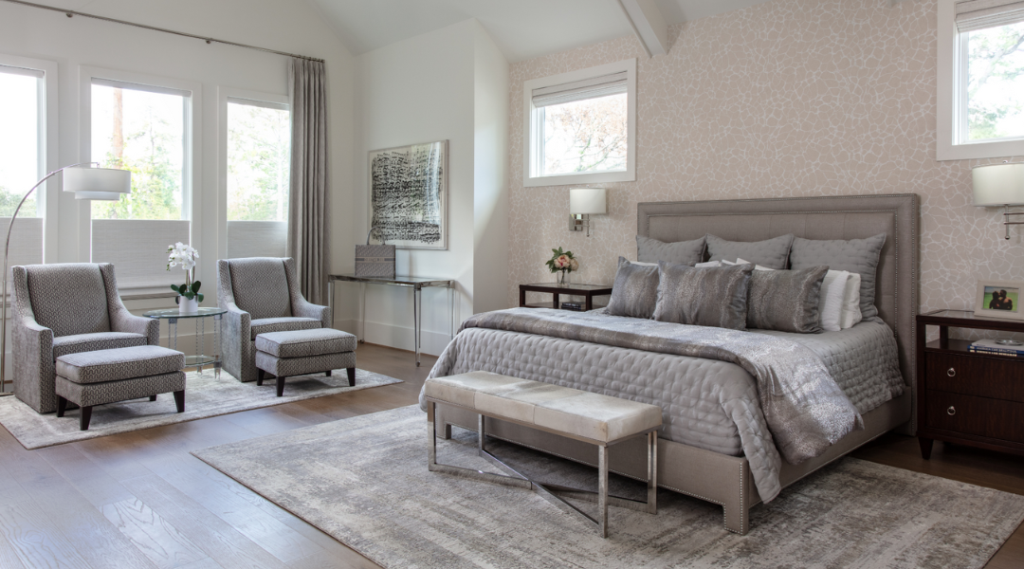
Creating Defined Spaces in Open-Concept Areas
One of the biggest challenges in open-concept living spaces is creating distinct areas without physical barriers. Rugs act as visual anchors, helping to define different zones within a single space.
- Living Areas: A large area rug can designate the living room section, ensuring furniture pieces feel unified rather than floating.
- Dining Spaces: Placing a rug under a dining table helps create a sense of purpose for that area, adding elegance and structure.
- Workspaces: In home offices or multi-use spaces, a rug can separate the workspace from leisure areas, improving productivity by providing a psychological distinction.
Real-World Example:
Interior designers frequently use rugs to segment spaces in studio apartments. For instance, in a 600 sq. ft. loft, placing a patterned rug under the bed and a solid-colored rug in the seating area helps define each section while maintaining cohesion.
Enhancing Aesthetic Appeal and Style
Rugs have an immediate impact on the look and feel of a room. They add color, pattern, and texture, complementing or even elevating existing decor.
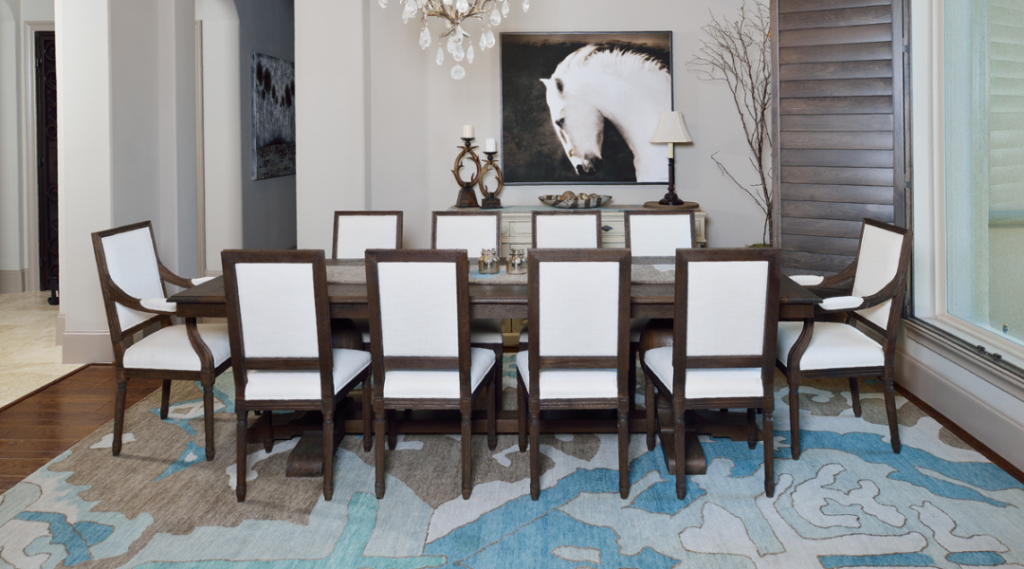
- Color Psychology: Warm tones like red and orange create a cozy atmosphere, while cool blues and greens evoke calmness.
- Patterns and Textures: Bold patterns can make a statement, while neutral or textured rugs provide a subtle, sophisticated touch.
- Layering Effect: Layering rugs (e.g., a jute rug with a smaller Persian rug) adds depth and dimension to a space.
Statistic:
According to a survey by the American Home Furnishings Alliance, 67% of homeowners believe rugs significantly impact the overall aesthetic of a room.
Improving Comfort and Acoustics
Beyond style, rugs provide tangible benefits in terms of comfort and sound management.
- Softness and Warmth: Rugs make hard flooring surfaces like wood or tile feel warmer and more inviting, especially in colder months.
- Sound Absorption: Studies show that rugs reduce noise levels by absorbing sound waves, making them ideal for apartments, offices, and homes with high ceilings.
- Safety Considerations: Rugs add a non-slip surface, reducing the risk of falls, particularly in homes with children or elderly residents.
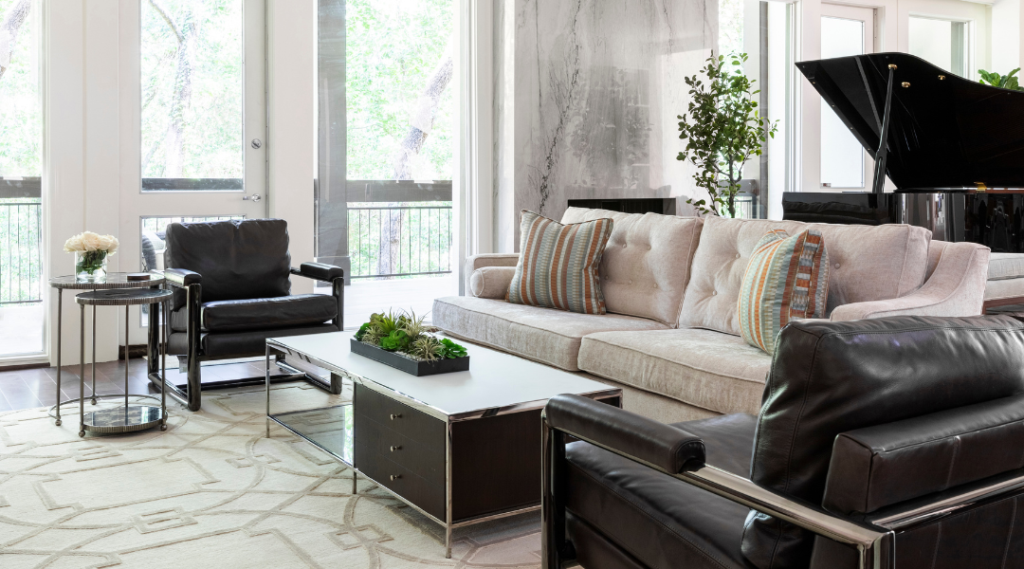
Study:
A report by the Building Research Establishment found that rugs can reduce noise by up to 50%, making them a preferred choice for noise-sensitive environments like libraries and shared workspaces.
Adding Personality and Storytelling Elements
A rug can serve as a statement piece, reflecting personal taste and cultural influences.
- Vintage and Handwoven Rugs: These tell a story and add a sense of history and craftsmanship.
- Custom and Abstract Rugs: Perfect for modern interiors, they introduce uniqueness and artistic expression.
- Cultural Influence: Persian, Moroccan, and Indian rugs bring an element of tradition and global aesthetics to any space.
Practical Considerations: Choosing the Right Rug
Selecting the perfect rug requires balancing beauty with functionality. Here are key factors to consider:
- Size Matters: A rug that is too small can make a space feel disconnected. A good rule of thumb is ensuring at least the front legs of furniture sit on the rug.
- Material Choice:
- Wool: Durable and soft, ideal for high-traffic areas.
- Cotton: Affordable and easy to clean.
- Synthetic Fibers: Stain-resistant, perfect for homes with pets and kids.
- Natural Fibers: Jute and sisal provide a rustic, eco-friendly appeal.
- Maintenance Needs: Regular, careful vacuuming and occasional deep cleaning extend a rug’s lifespan.
Final Thoughts: Small Change, Big Impact
Rugs are more than floor coverings; they are transformative elements that shape the ambiance, function, and comfort of a space. Whether you want to define an open layout, add warmth, or showcase your personality, the right rug makes all the difference.
Next time you step into a room, take a moment to notice the rug. It might just be the unsung hero of great interior design!
-Anuj Bahattarai
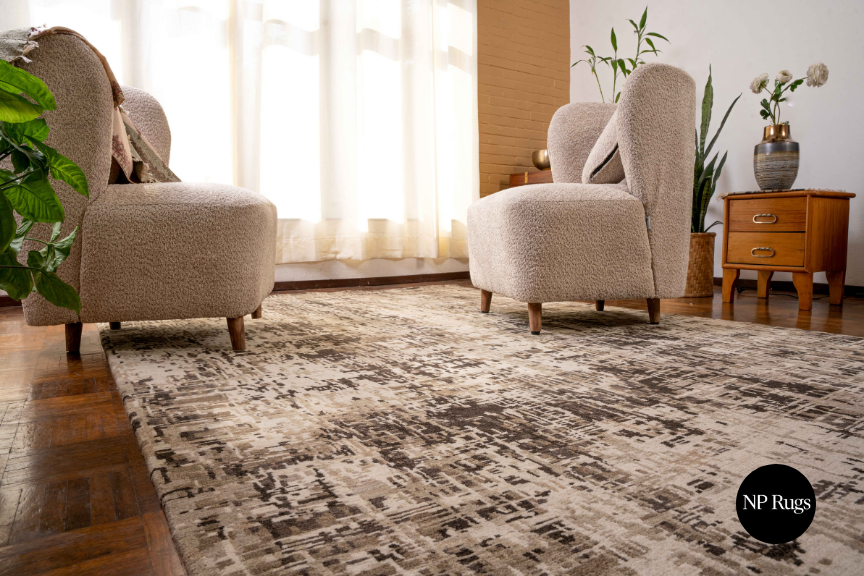 Anuj Bhattarai is a design writer at NP Rugs, where he combines his passion for interior aesthetics with in-depth knowledge of handcrafted and contemporary rugs. At NP Rugs, he works closely with designers and artisans to explore how rugs can transform living spaces—balancing tradition, trend, and functionality. Anuj also shares styling tips and industry insights to help homeowners, decorators, and retailers make informed design choices.
Anuj Bhattarai is a design writer at NP Rugs, where he combines his passion for interior aesthetics with in-depth knowledge of handcrafted and contemporary rugs. At NP Rugs, he works closely with designers and artisans to explore how rugs can transform living spaces—balancing tradition, trend, and functionality. Anuj also shares styling tips and industry insights to help homeowners, decorators, and retailers make informed design choices.
